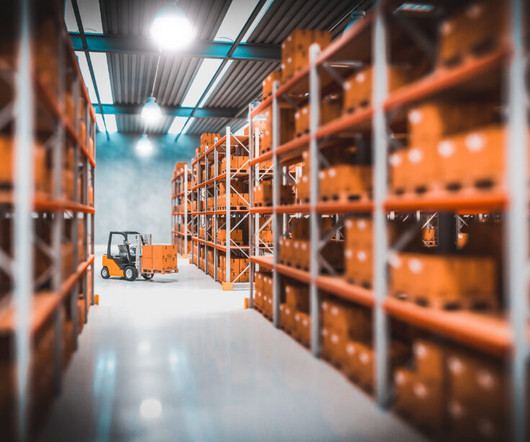Addressing Challenges in Global Logistics Operations with Technology
DELMIA Quintiq
MARCH 29, 2023
Going back 14 years ago, the logistics industry dramatically reduced capital expenditure in 2008 when the great recession hit. In fact, the outperforming logistics vendors today (based on profitability and revenue growth metrics) are the ones that were extra cautious on capital expenditure in the years following the recession.
















Let's personalize your content